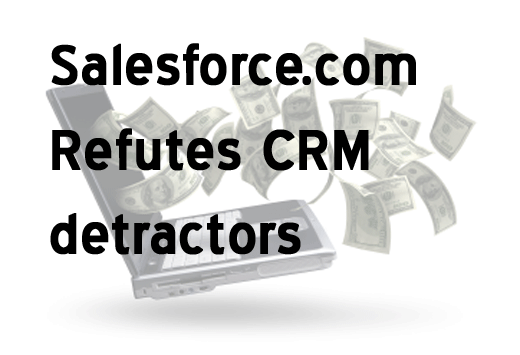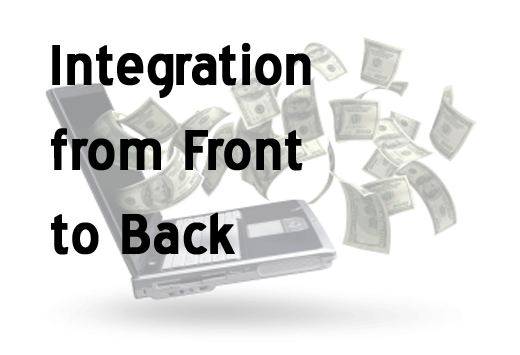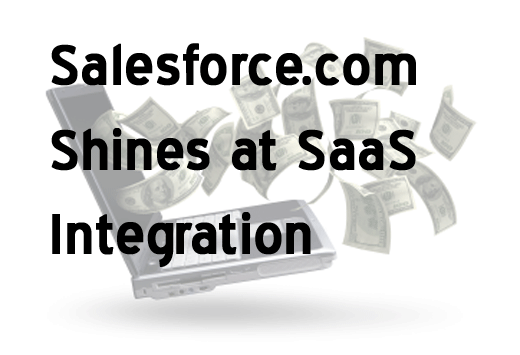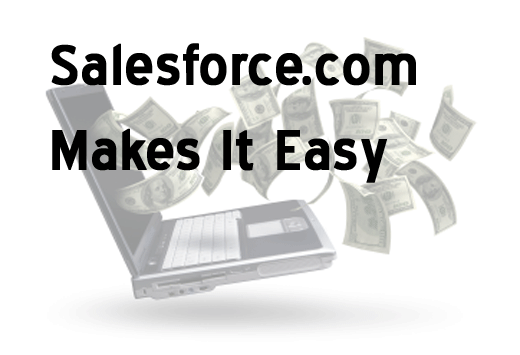Salesforce.com, an online software as a service (SaaS) company distributing business software, is best known for its Customer Relationship Management (CRM) products. The company, which has its services translated into 16 different languages and currently has 72,500 customers and over 2.1 million subscribers, found itself well positioned in the face of the recent global economic downturn. The company saw its profits nearly double in Q3 2009 and leveraged its gains to become a major player in the SaaS market as the sector experienced a wave of consolidation.
As companies have increasingly turned to Salesforce.com, they have found a number of successful methods for integrating with the company’s Force.com platform as well as leveraging other Salesforce.com products like Chatter and Visual Process Manager.
Click through to see eight ways Salesforce.com has earned its reputation as a star in cloud computing.
CRM software can help companies model relationships with their customers, partners and others and also store the data that can help them improve those relationships. Where there is a will (for customer service) there is a way (Salesforce.com).
In a year filled with economic uncertainty, Salesforce.com nearly doubled its profits in a single quarter and is a key cog in the forecasted growth of SaaS.
The economic downturn led to a more aggressive adoption of SaaS in the back office. Salesforce.com is uniquely positioned to have at successful startups through Force.com and it took full advantage, snapping up three SaaS vendors in the first week of 2010.
As more organizations turned to Salesforce.com for back-office applications in addition to front-office applications, integration projects increasingly became anchored around the SaaS application to allow for real-time integration.
Salesforce.com’s e-book on “Connecting the Cloud: 75 Customer Integration Success Stories with the Force.com Platform” showcased how companies handled various integration challenges using the Force.com platform and proved how critical Salesforce.com is to SaaS integration.
Salesforce.com’s Chatter application enables companies to connect with Facebook, Twitter, Google Docs and other Salesforce.com applications. For instance, FinancialForce leveraged the Chatter functionality to deploy its accounting application on the same cloud computing framework where Salesforce.com resides.
Salesforce.com’s Visual Process Manager enables companies to design and deploy business processes inside their applications with no software. While businesses were doing this before Visual Process Manager came along, the new tool has removed a lot of code from the process, making the action more attainable for the less than tech savvy.
It doesn’t happen often, but occasionally Salesforce.com will suffer a brief outage. When a large provider like Salesforce.com goes down, thousands of call center and customer service representatives see their productivity come to a grinding halt. Salesforce.com is also known to be a little shy when it comes to SLAs. As reliance on cloud and SaaS providers increase, so does the need for reliable and enforceable SLAs.











